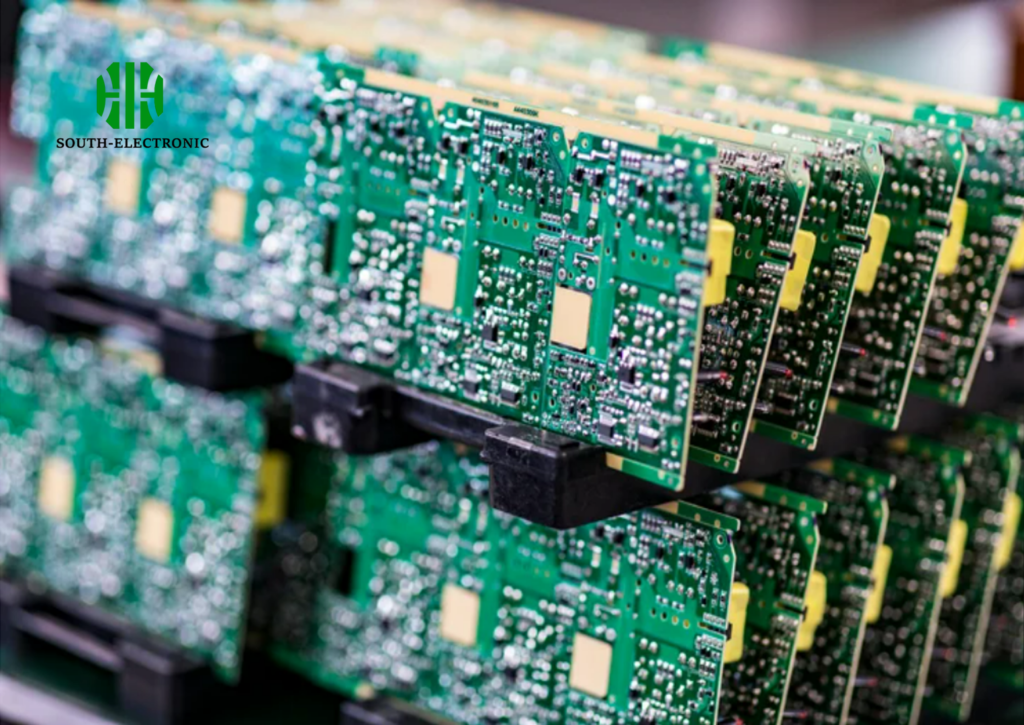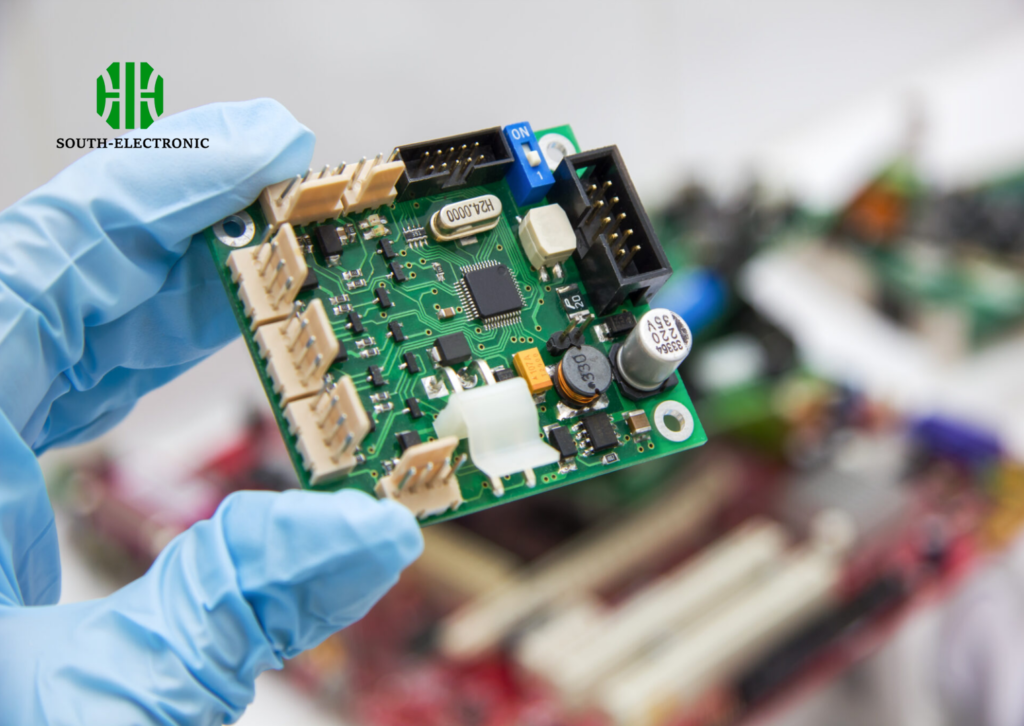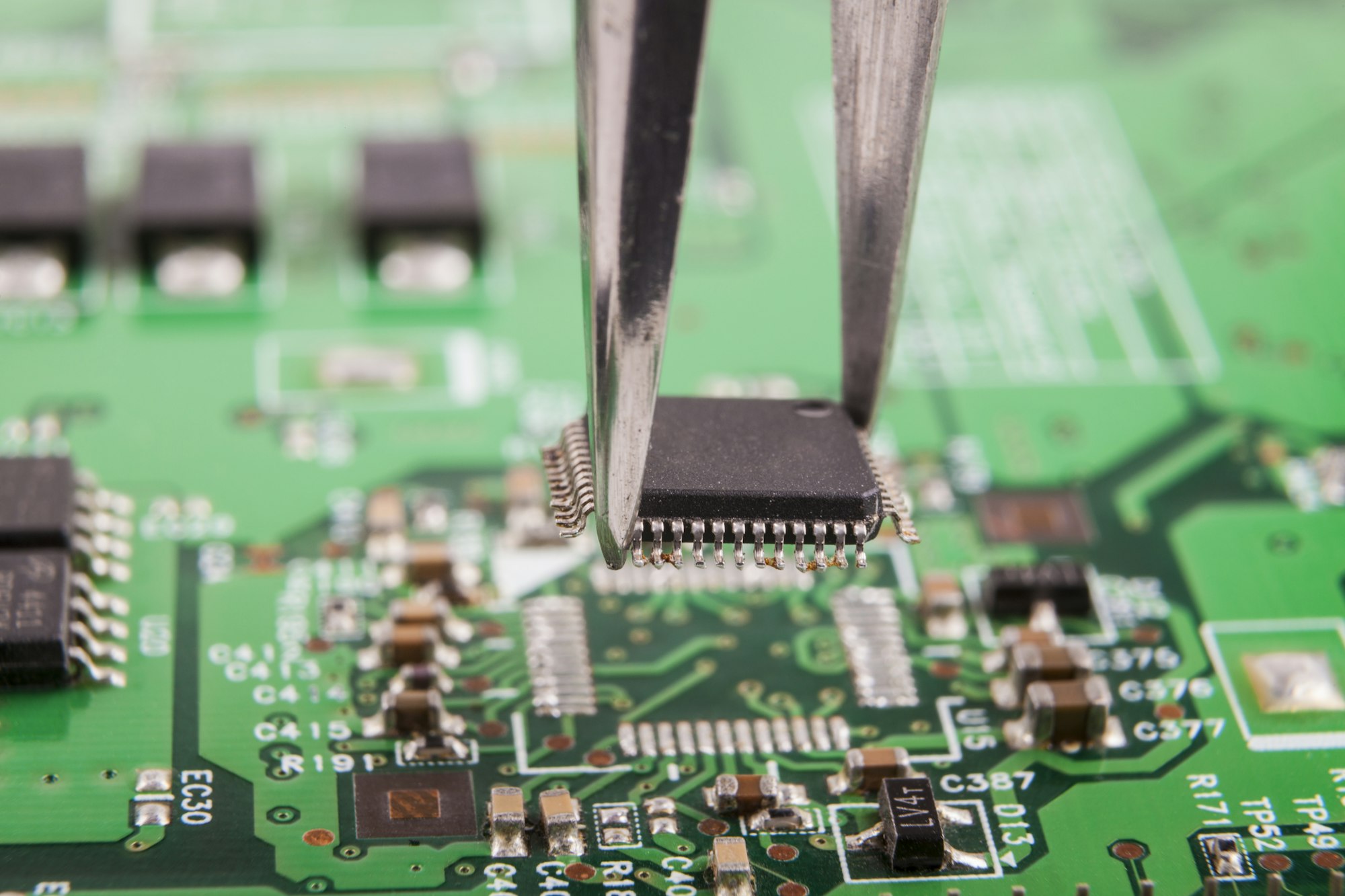Understanding the Role of PCBs in Robotics
PCBs are a big deal in robotics because they control the electronics that make robots work. They keep everything running smoothly and make sure the robot does what it’s supposed to do. Without PCBs, robots wouldn’t be able to do much of anything. PCBs let you put a bunch of electronic parts together in a small space so they can talk to each other and get power.

Types of PCBs Used in Robotics
Flexible PCBs
Flexible PCBs are perfect for small, agile robots. They can bend and fold, which makes them great for applications where space and weight are important. You’ll find these PCBs in devices that need to be flexible, like wearable robots and some types of drones.
Rigid PCBs
Rigid PCBs are tough and can handle high power loads. They are usually used in the parts of robots that don’t move and where there is a lot of stress and power. Industrial robots, which work in tough places, often use rigid PCBs.
Multilayer PCBs
Multilayer PCBs are made up of multiple layers of circuitry, which gives them better signal integrity and allows for more circuit density. These are important in complex robotic systems that need to perform at a high level, like the ones used in medical and aerospace applications.

PCB Design Considerations for Robotics
When designing PCBs for robotics, several factors must be considered:
- Heat Management: Effective heat dissipation is crucial to prevent overheating and ensure longevity.
- Durability: PCBs must withstand physical stress and environmental factors, especially in industrial or outdoor robotics.
- Signal Integrity: Maintaining signal clarity and strength is vital for the accurate functioning of sensors and processors.

Applications of PCBs in Robotics
PCBs are used across a wide range of robotic applications, each with specific requirements:
Industrial Robots
Industrial robots use PCBs to control machinery and ensure precise operations. These robots need tough, reliable PCBs that can handle continuous, high-demand operations.
Medical Robots
Medical robots, the ones they use in surgeries and to take care of patients, need small and super-reliable circuit boards to run all the delicate stuff. The circuit boards have to be able to handle really precise control systems and make sure everything keeps working even if something goes wrong.
Consumer Robotics
When it comes to consumer products like robot vacuums and smart home assistants, PCBs are designed with cost and reliability in mind. These PCBs handle the day-to-day tasks and communicate with other smart devices.
Drones
Drones use PCBs for their flight control systems, which handle navigation, communication, and camera operations. PCBs are lightweight and small, which is important for keeping the drone efficient and making sure the battery lasts.

Challenges in PCB Manufacturing for Robotics
Manufacturing PCBs for robotics involves several challenges:
- Miniaturization: As robots become smaller, PCBs must also be miniaturized without compromising performance.
- Complexity: The increasing complexity of robotic systems requires more intricate PCB designs.
- Precision and Reliability: High-precision applications demand flawless PCB performance, with zero tolerance for errors.

Innovations in PCB Technology for Robotics
The field of PCB technology is continually evolving, with several notable innovations enhancing their functionality and application in robotics:
- Rigid-Flex PCBs: These combine the benefits of both rigid and flexible PCBs, allowing for more versatile designs and applications. Rigid-flex PCBs are particularly useful in compact and complex robotic systems, such as those used in space exploration.
- High-Density Interconnect (HDI) PCBs: HDI PCBs feature finer lines and spaces, more tightly packed components, and more layers, allowing for increased functionality in a smaller footprint. This innovation is crucial for modern robotics, where compact size and high performance are essential.
Robots are becoming increasingly prevalent in our society, performing tasks that range from simple to complex. Behind the scenes, printed circuit boards (PCBs) play a critical role in the design and functionality of these robots. Despite the challenges associated with designing and manufacturing PCBs for robots, they are an essential component in the development of these advanced machines.



